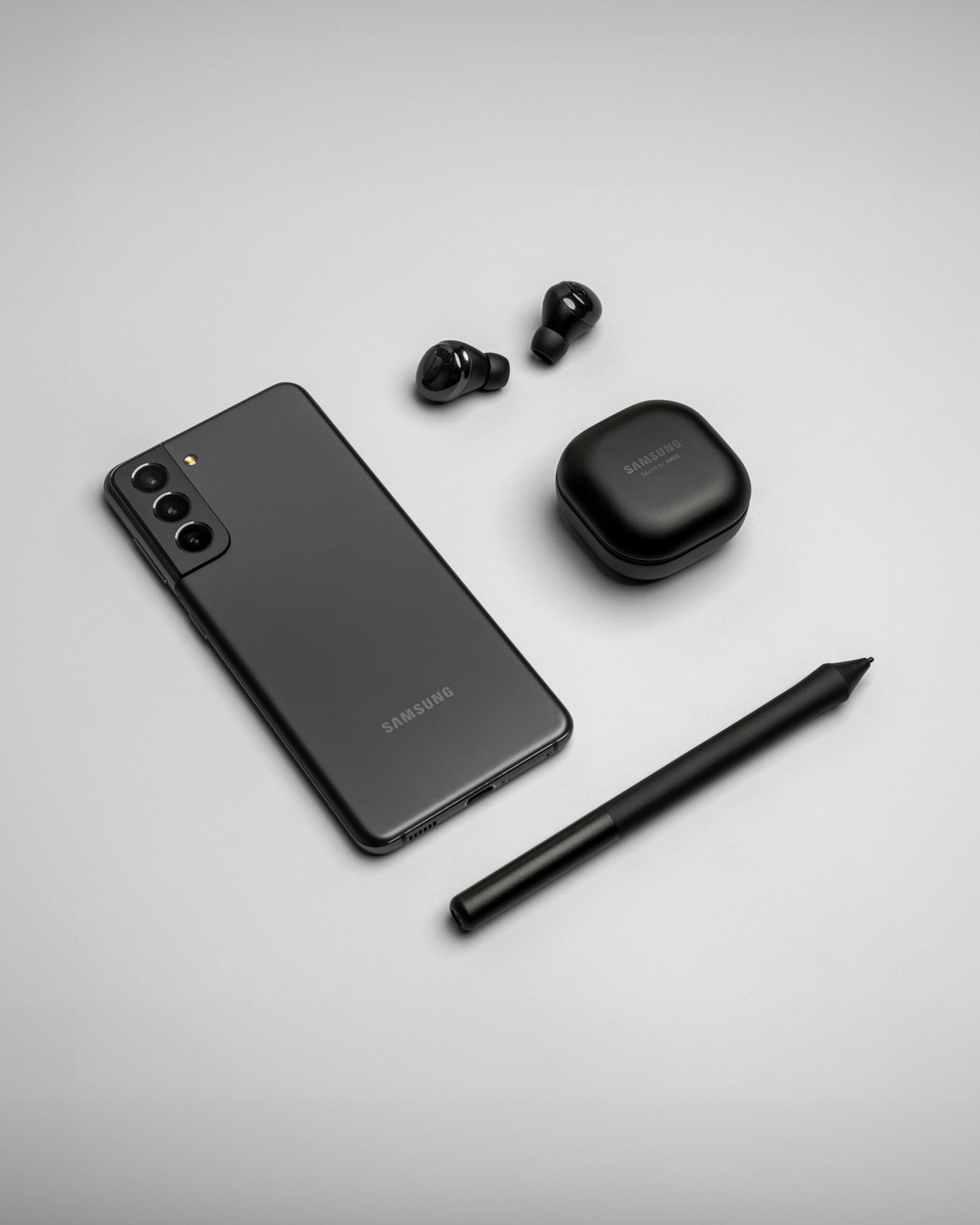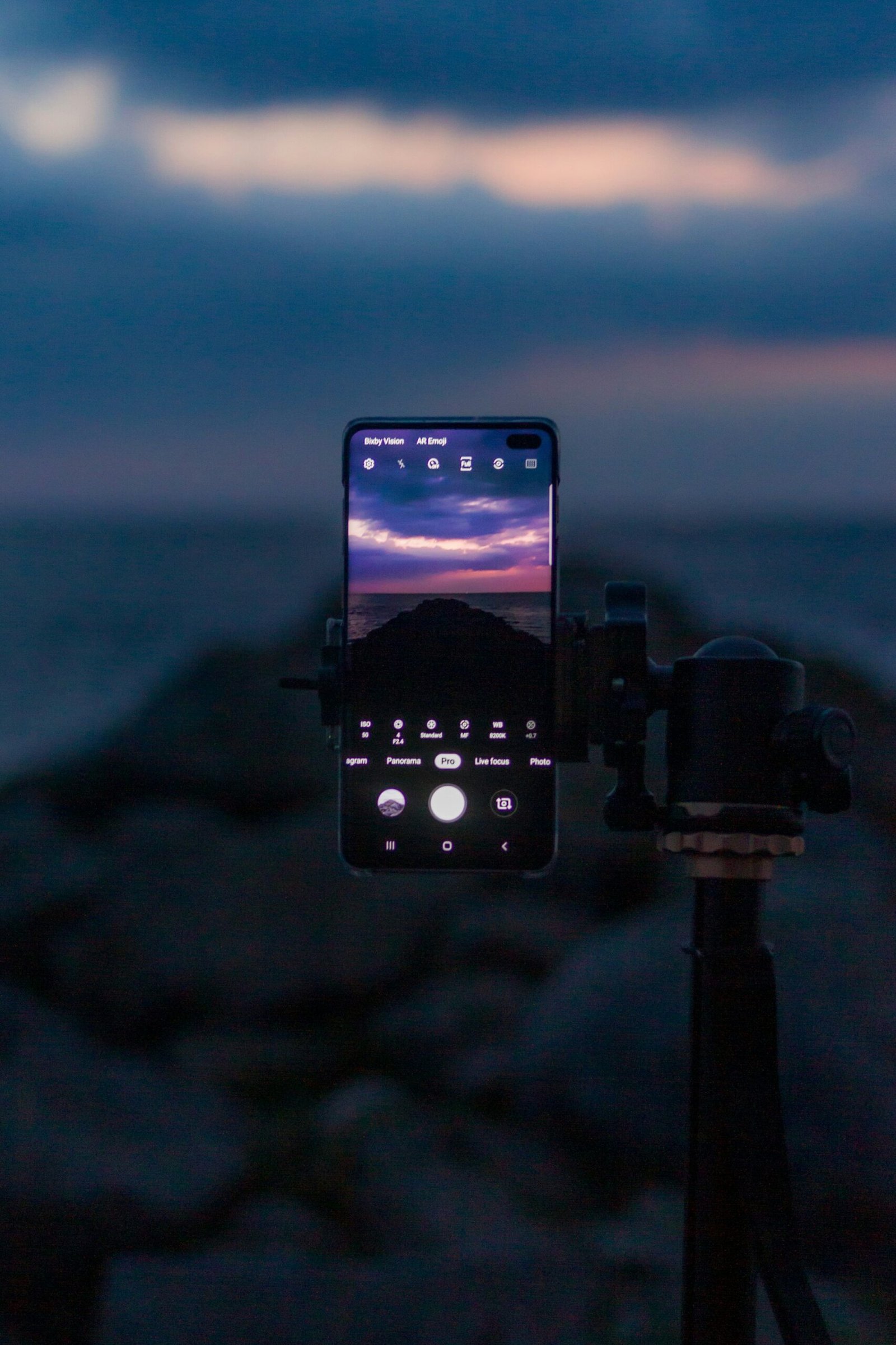Don't miss our holiday offer - 20% OFF!
The Best Cameras for Professional Photography in 2024
Introduction to Professional Photography
Professional photography is a discipline that encompasses the art and science of capturing images that convey emotions, tell stories, and exhibit technical prowess. It is characterized by its diverse branches, including portrait, landscape, commercial, and event photography. Each of these fields demands not only creativity but also a solid understanding of various technical principles, such as lighting, composition, and post-processing. A photographer’s expertise in these areas significantly enhances the visual storytelling of the images they produce.
The significance of professional photography extends beyond mere aesthetics. In portrait photography, for example, capturing the essence of a subject requires skillful manipulation of natural and artificial lighting to highlight features and evoke feelings. Landscape photography aims to present the beauty of nature, where the choice of camera and lens can dramatically change the perception of a scene. Similarly, commercial photography serves the purpose of promoting products or services, necessitating an understanding of branding and the ability to produce images that resonate with target audiences. Event photography, on the other hand, captures fleeting moments and emotions, often requiring the photographer to work under time constraints and variable lighting conditions.
In this context, the choice of camera plays a pivotal role in determining the quality of images produced. The advancements in camera technology in recent years have revolutionized the industry, offering tools that cater specifically to the needs of professional photographers. Cameras now come equipped with superior sensors, improved autofocus systems, and advanced video capabilities, enabling photographers to deliver exceptional results. The implications of these technological enhancements are profound, as they not only elevate the standard of professional photography but also inspire photographers to push creative boundaries. As we explore the best cameras suited for professional photography in 2024, it is crucial to understand how these innovations shape the craft and influence the quality of photographic work.
Key Features to Look for in a Professional Camera
When selecting a professional camera, several key features merit careful consideration to ensure that it meets the demands of high-quality photography. One of the most critical aspects is the sensor size. Larger sensors, such as full-frame or medium format, provide enhanced image quality, better depth of field control, and improved low-light performance compared to their smaller counterparts. This becomes especially crucial for professional photographers who often work in diverse lighting conditions.
Another important consideration is resolution, measured in megapixels. Higher resolution cameras allow for greater detail in images, which is essential for large prints and extensive post-processing. However, it is crucial to strike a balance between resolution and file size, as larger files require more storage and processing power.
Lens compatibility also plays a significant role in determining the versatility of a camera. Professionals should opt for systems that offer a wide range of lens options to cater to different styles of photography, such as portrait, landscape, or macro. Furthermore, dynamic range—the camera’s ability to capture detail in both the highlights and shadows—affects the overall tonal quality of images, making it a vital feature for professional work.
ISO performance is another key factor, as it allows photographers to achieve higher shutter speeds in low-light conditions. Cameras that maintain image quality at higher ISO settings can greatly enhance creative opportunities without introducing unacceptable noise levels.
Other features such as burst rates, which determine how many frames a camera can capture in rapid succession, become critical for action or wildlife photography. Additionally, video capabilities are increasingly important, as many photographers also engage in videography. A camera that excels in these areas will not only cater to diverse photography needs but also ensure that professionals can easily adapt to evolving industry demands.
Top Mirrorless Cameras for Professionals in 2024
In the realm of professional photography, mirrorless cameras have surged in popularity due to their remarkable performance and advanced technology. As of 2024, several models stand out as top contenders, providing photographers with a blend of high-quality imaging, versatility, and ease of use.
One of the leading models is the Sony A7 IV, which appeals to many professionals with its impressive 33-megapixel full-frame sensor. This camera excels in low-light conditions and offers a wide ISO range, making it suitable for diverse shooting environments. Additionally, its fast autofocus system and continuous shooting capability of up to 10 frames per second ensure that photographers can capture dynamic moments with precision.
Another noteworthy option is the Canon EOS R5. With a 45-megapixel sensor and 8K video recording capabilities, the R5 is a preferred choice for those who demand high-resolution images and video. Its dual pixel autofocus technology delivers excellent focus performance, and the in-body image stabilization system is particularly beneficial for handheld shooting. These features elevate the EOS R5 as a versatile tool for both stills and videography.
For professionals seeking compact options, the Fujifilm X-T4 offers a unique blend of portability and performance. Boasting a 26-megapixel APS-C sensor, this camera delivers stunning color reproduction and advanced film simulation modes, catering to those with a creative flair. The X-T4 also features in-body image stabilization, making it an excellent choice for travel and street photographers.
Lastly, the Nikon Z9 has gained recognition for its robust build and outstanding performance, featuring a 45.7-megapixel sensor along with a blistering 20 frames per second continuous shooting speed. It represents Nikon’s commitment to evolving its mirrorless lineup, providing seasoned professionals with a dependable option for demanding projects.
When selecting the best mirrorless camera for professional photography in 2024, consider the specific features and capabilities that align with your photographic style and needs. The landscape of mirrorless technology continues to evolve, ensuring that photographers have access to cutting-edge tools to enhance their creativity.
Best DSLRs for Professional Photography This Year
As professional photography continues to evolve, many photographers still prefer the traditional DSLR system for its robustness and dependability. In 2024, several DSLR models stand out for their capabilities, ensuring they cater to various professional needs. Notably, these cameras focus on outstanding battery life, ergonomic designs, and versatile lens options, thereby enhancing the photographic experience.
One of the top contenders in the DSLR category is the Canon EOS-1D X Mark III. Renowned for its incredible performance, this camera offers a 20.1 MP full-frame sensor that excels in low-light conditions. Its battery life is exceptional, providing more than 2,850 shots per charge, which is ideal for long photo sessions or wildlife photography. Additionally, the EOS-1D X Mark III boasts a comprehensive selection of EF lenses, making it suitable for diverse shooting styles.
Another model worth considering is the Nikon D6. This camera features a 20.8 MP full-frame sensor and is designed for speed and reliability. With an autofocus system that operates up to -4 EV, it performs well in challenging light conditions, and its continuous shooting capability of 14 fps is invaluable for action photography. The D6 also has a user-friendly interface, characterized by ergonomic grips that enhance comfort during extensive use, coupled with excellent battery life.
Lastly, the Pentax K-1 Mark II deserves a mention. While less mainstream, this model offers notable advantages, including a unique pixel-shift technology for enhanced detail and a built-in stabilization system that helps achieve sharp images at lower shutter speeds. The rugged design of the K-1 Mark II is tailored for outdoor photography and extreme conditions, making it a reliable choice for adventurous photographers.
Overall, as we analyze the best DSLRs for professional photography in 2024, the Canon EOS-1D X Mark III, Nikon D6, and Pentax K-1 Mark II represent the leading options in terms of performance, longevity, and versatility. Photographers seeking a reliable workhorse to suit their professional needs should consider these models as they contemplate their next equipment purchase.
The Canon vs. Nikon Debate: Which is Better for Professionals?
The ongoing debate between Canon and Nikon is a significant topic among professional photographers. Both brands have established themselves as leaders in the camera industry, each offering a range of high-quality professional models that cater to diverse photography needs. When deciding which brand is better, it is essential to consider each brand’s advantages, disadvantages, and the ecosystems surrounding their cameras, including lenses and accessories.
Canon’s professional cameras, such as the Canon EOS-1D X Mark III and the Canon EOS R5, are widely acclaimed for their advanced autofocus capabilities and superior color reproduction. These models are particularly favored by sports and wildlife photographers due to their fast frame rates and reliability in various lighting conditions. Canon also provides an extensive selection of lenses, ranging from ultra-wide-angle to super-telephoto, making it simpler for professionals to find a suitable lens for their work.
Nikon, with its leading models like the Nikon D6 and the Nikon Z9, equally possesses strengths that appeal to professional photographers. Nikon’s cameras are known for their remarkable dynamic range and impressive image quality, particularly in low-light environments. The ergonomics of Nikon cameras are often praised, contributing to a more comfortable shooting experience. Additionally, Nikon’s lens lineup includes a comprehensive selection of prime and zoom lenses, which helps professionals maintain flexibility in their photography endeavors.
Both ecosystems are robust, with numerous third-party lens manufacturers supporting both brands. As a result, photographers often feel drawn to a brand based on personal preference, past experiences, or specific photographic needs. Ultimately, the decision between Canon and Nikon comes down to individual requirements, as each brand brings its unique strengths to the table, ensuring that professionals continue to find a trustworthy tool for their artistry. In conclusion, understanding the distinct advantages of Canon and Nikon can help guide photographers in making an informed decision for their professional endeavors.
Emerging Brands in Professional Photography Cameras
In the landscape of professional photography, while established names dominate the market, several emerging brands have begun to carve out a niche by offering competitive camera options that challenge traditional perceptions. Notably, Fujifilm has gained acclaim for its mirrorless camera systems, particularly known for their superior color science and retro aesthetics, appealing to both professionals and enthusiasts. Their GFX series, in particular, has made strides in the medium format segment, delivering exceptional image quality and versatility.
Another brand making significant waves is Sony, which has steadily positioned itself at the forefront of innovation in professional photography. Renowned for its full-frame mirrorless cameras, Sony has become a favorite among professionals seeking cutting-edge features. The Alpha series, with models such as the A7R IV, showcases stunning resolution and autofocus capabilities, catering to diverse photographic disciplines from wildlife to portraiture.
Panasonic also deserves mention within this rapidly evolving market. Their Lumix GH series has garnered attention for its video capabilities alongside robust photo performance, making it a solid choice for hybrid photographers who work seamlessly across mediums. The recent Lumix S series further demonstrates Panasonic’s commitment to high-quality optics and mirrorless technology, maintaining competitiveness amongst higher-end offerings.
Additionally, brands like OM System (formerly Olympus) highlight another emerging segment, focusing on portable systems that offer excellent image stabilization and weather resistance. Their innovative Micro Four Thirds cameras resonate well with professionals who value compactness without compromising quality.
As the photography industry continues to evolve, these emerging brands provide dynamic alternatives for professional photographers. By exploring these options, photographers can find innovative features and capabilities that cater specifically to their creative needs, promoting a richer and more diversified photography landscape moving forward.
Lens Selection: Finding the Perfect Match for Your Camera
In professional photography, the choice of lenses significantly influences the final outcome of images. Lenses are often regarded as the “eyes” of a camera, shaping how a photographer visualizes and captures the world. Each type of lens serves a distinct purpose, and recognizing these differences is crucial for building an effective photographic toolkit.
There are various categories of lenses that photographers commonly utilize, each catering to different styles and subjects. Prime lenses, known for their fixed focal lengths, often offer superior optical quality and wider apertures, allowing for excellent low-light performance and depth of field control. They are ideal for portraiture and low-light situations, making them a favorite among professional photographers.
On the other hand, zoom lenses provide versatility, accommodating multiple focal lengths within a single lens. This adaptability makes them suitable for varied environments, from capturing expansive landscapes to close-up portraits without changing equipment. When selecting zoom lenses, understanding their aperture range is essential since it affects light intake and image sharpness.
Macro lenses are specifically designed for capturing intricate details at close range, making them essential for nature and product photography. For niche applications, specialty lenses such as tilt-shift lenses allow photographers to control perspective and depth of field creatively. When choosing lenses, it is vital to consider the compatibility with the camera system in use, ensuring that they function seamlessly together.
Building a versatile lens kit requires careful consideration of individual photographic styles and preferences. It may be advisable to start with a few essential lenses and gradually expand the collection based on specific needs and shooting conditions. Ultimately, the right lens selection will enable photographers to express their artistic vision and capture stunning imagery that meets professional standards.
Accessories That Enhance Professional Photography
In the realm of professional photography, the right accessories can significantly improve the quality of both images and overall shooting experience. One of the essential accessories is a sturdy tripod, which offers stability and support for the camera. By utilizing a tripod, photographers can prevent camera shake, particularly in low-light situations or when using long exposure techniques. Additionally, tripods facilitate precise framing and composition, allowing for greater control over the shot.
Filters are another important accessory that can elevate photographic results. Neutral density filters, for instance, enable photographers to shoot in bright conditions while maintaining longer exposure times. This results in beautifully smooth water effects when photographing landscapes. Similarly, polarizing filters can reduce glare from reflective surfaces, enhancing color saturation and contrast. Such tools are invaluable for achieving desired effects in professional photography.
Speedlights or external flash units also play a critical role in achieving optimal lighting conditions. Unlike built-in flash systems, speedlights offer greater versatility and power, enabling photographers to manipulate lighting to achieve dynamic and well-lit images. With the ability to bounce light off ceilings or walls, as well as adjust intensity, speedlights can transform the atmosphere of a photograph.
For videographers, an external microphone is paramount. While many cameras come with built-in audio systems, an external microphone greatly enhances sound quality, capturing clearer audio during shoots. This is especially beneficial for video projects, where background noise and ambient sounds can detract from the intended communication. Incorporating these accessories not only broadens a photographer’s toolkit but also elevates the overall professionalism of their work.
Tips for Choosing the Right Camera for Your Photography Needs
When embarking on the journey of selecting the ideal camera for professional photography, it is essential to consider various factors that align with your specific requirements. Start by assessing your photography style; whether you specialize in portrait, landscape, wildlife, or product photography, different cameras offer features catered to these genres. For instance, a fast autofocus system and high frame rates could be critical for capturing action shots in wildlife photography, while a camera with excellent dynamic range would be beneficial for landscape photography.
Your budget is another crucial aspect to consider. Professional cameras can vary significantly in price. While it may be tempting to opt for the latest high-end model, it is important to determine what features are essential for your photography and which can be compromised. Therefore, it may be wise to allocate funds not just for the camera body, but also for lenses, accessories, and maintenance, ensuring that you have a comprehensive setup that meets all your professional needs.
In addition to style and budget, anticipate your future needs. The realm of photography is constantly evolving; hence, selecting a camera that allows for upgrades, such as interchangeable lenses or the addition of external accessories like microphones and lighting, can significantly extend its usability. Moreover, consider how familiar you are with various camera systems; investing in a brand that you have prior experience with may minimize the learning curve and maximize your productivity.
Finally, do not overlook the importance of hands-on experience. If possible, visit a camera store to test out different models. Many retailers offer rental services, allowing you to try various cameras in real-world scenarios before making a commitment. These steps will ultimately help ensure that you choose a camera well-suited for your professional photography ambitions.


